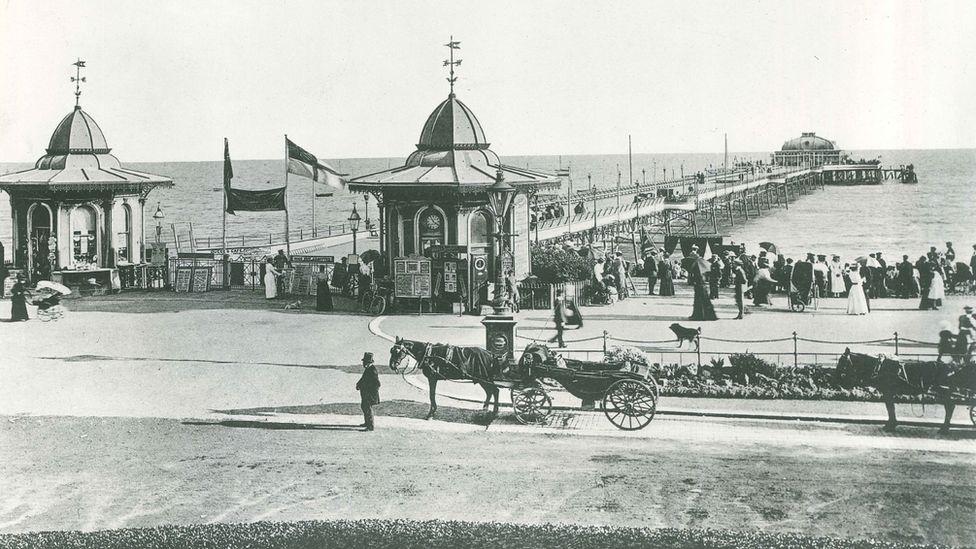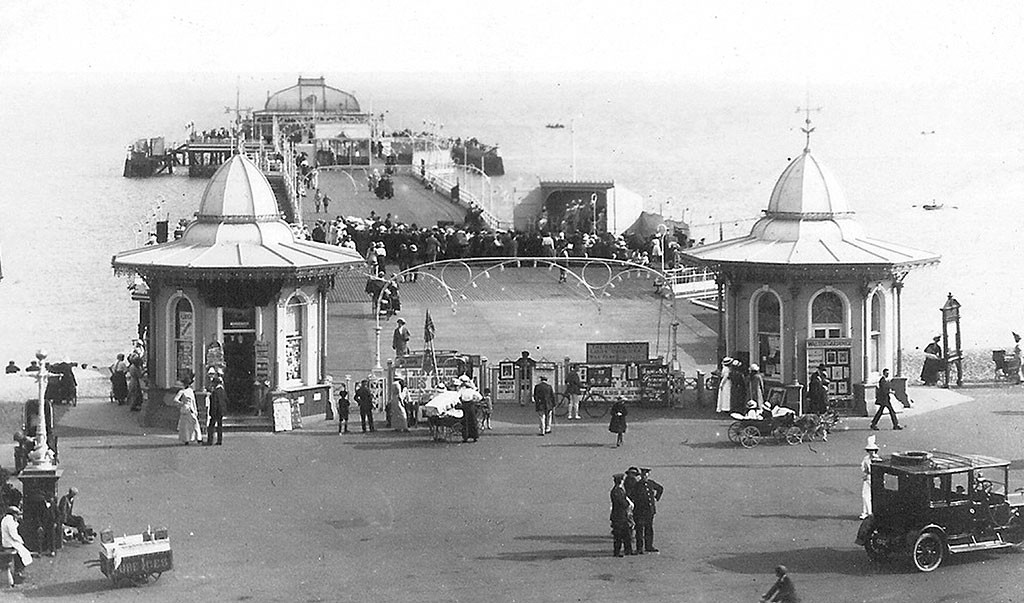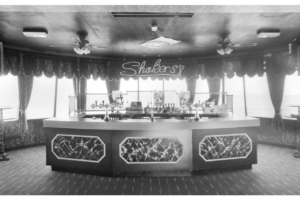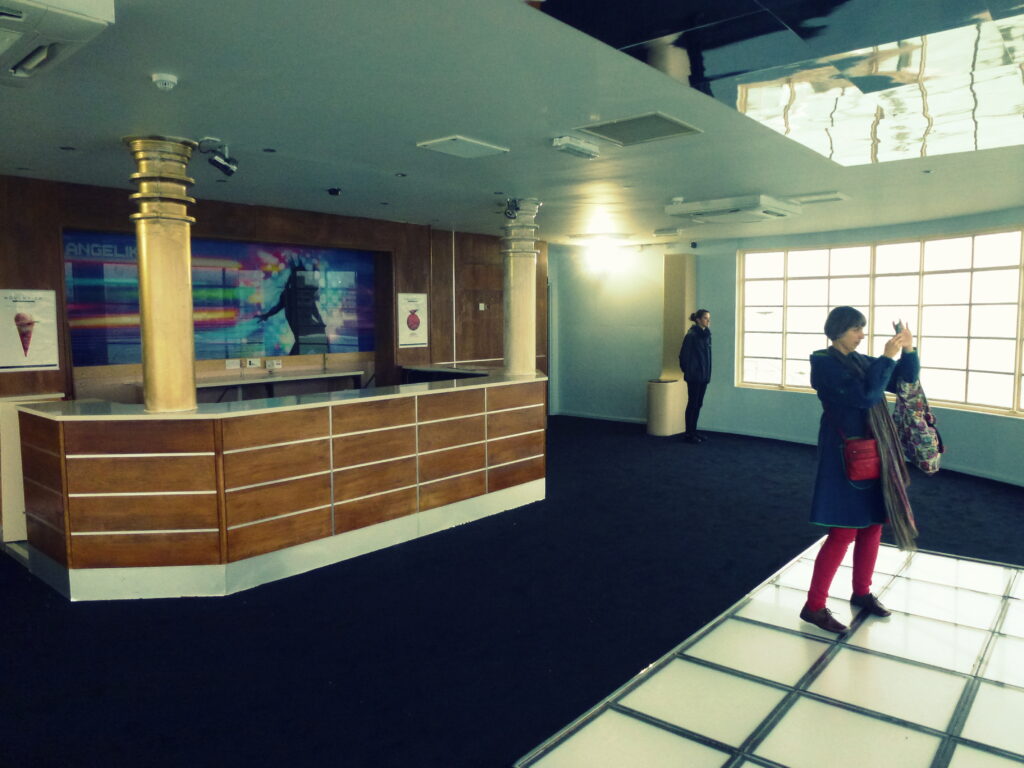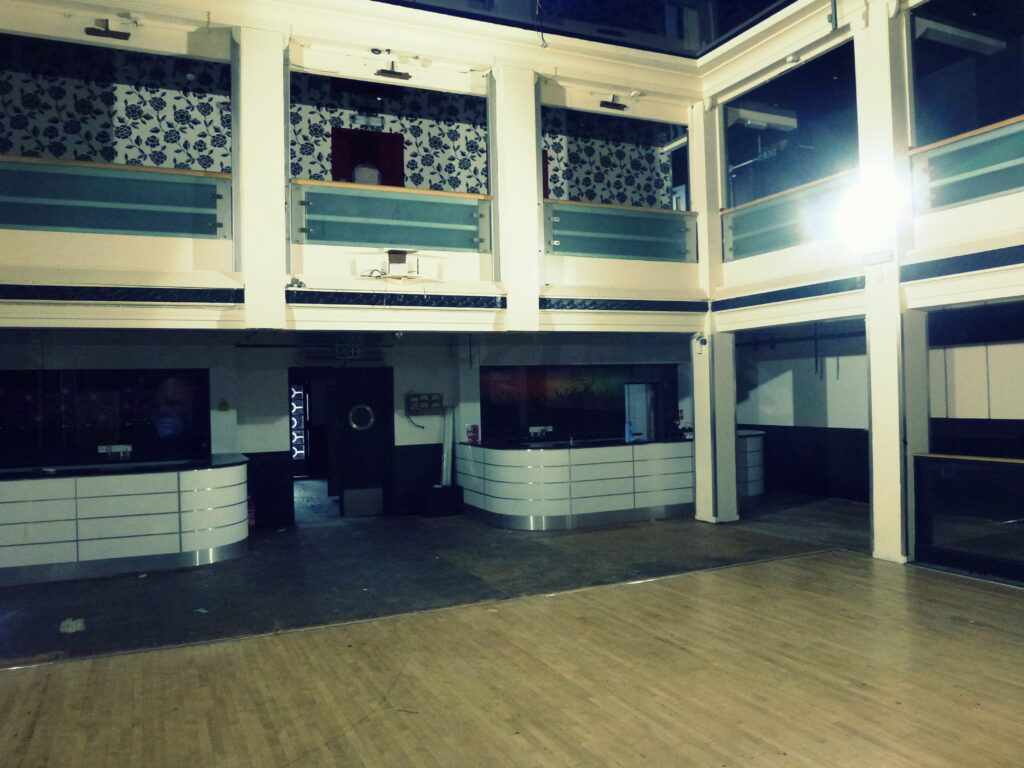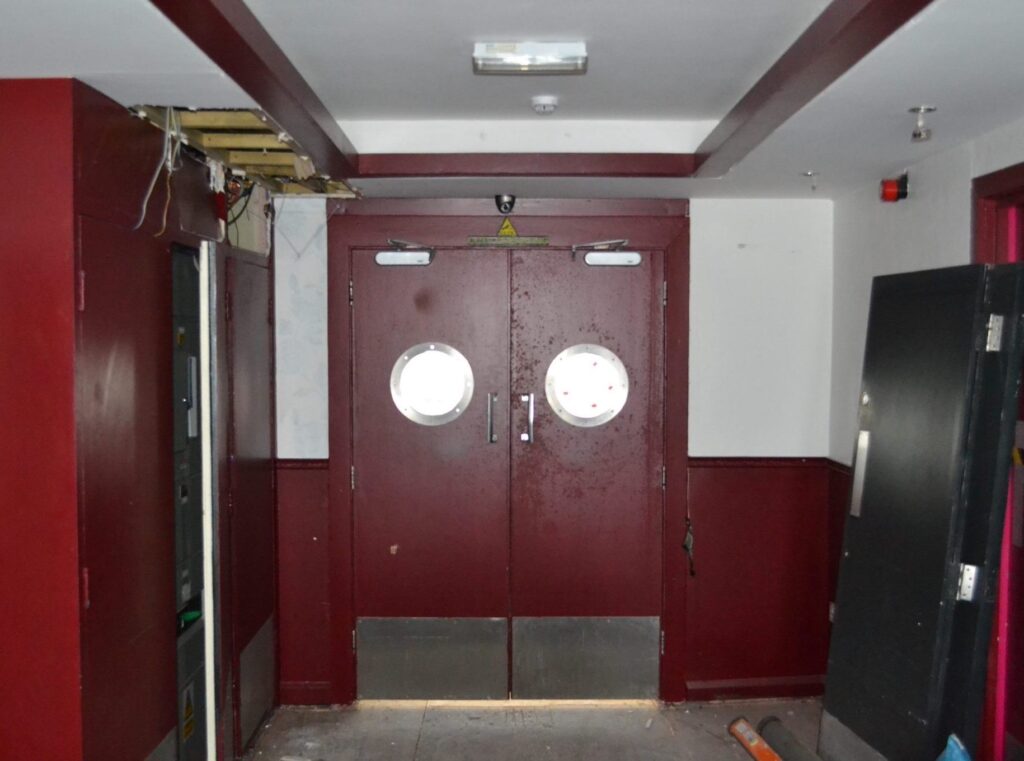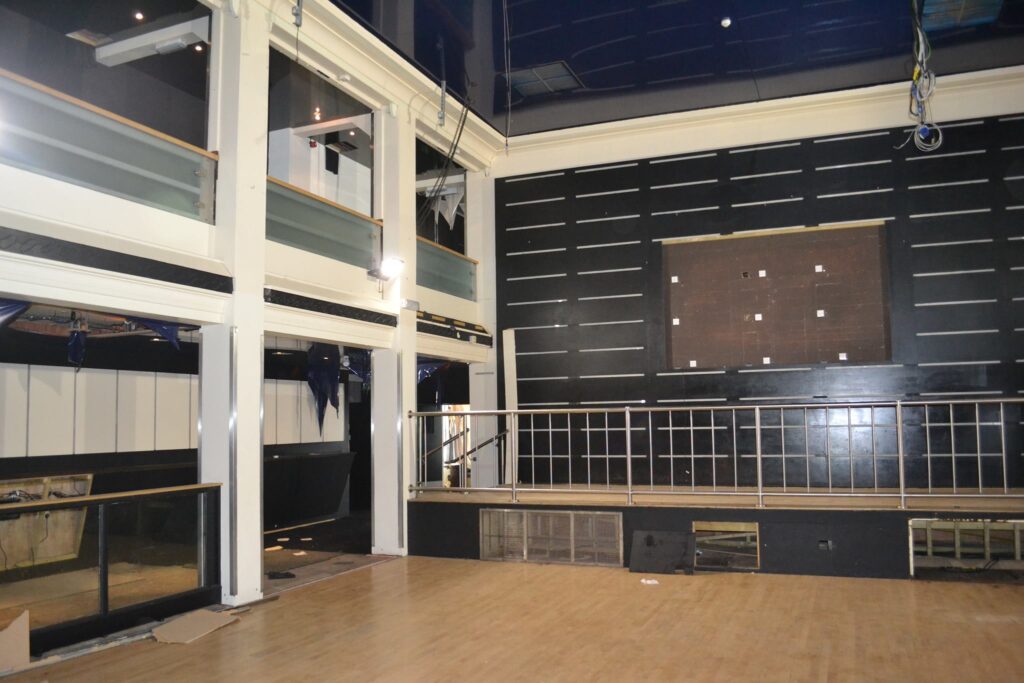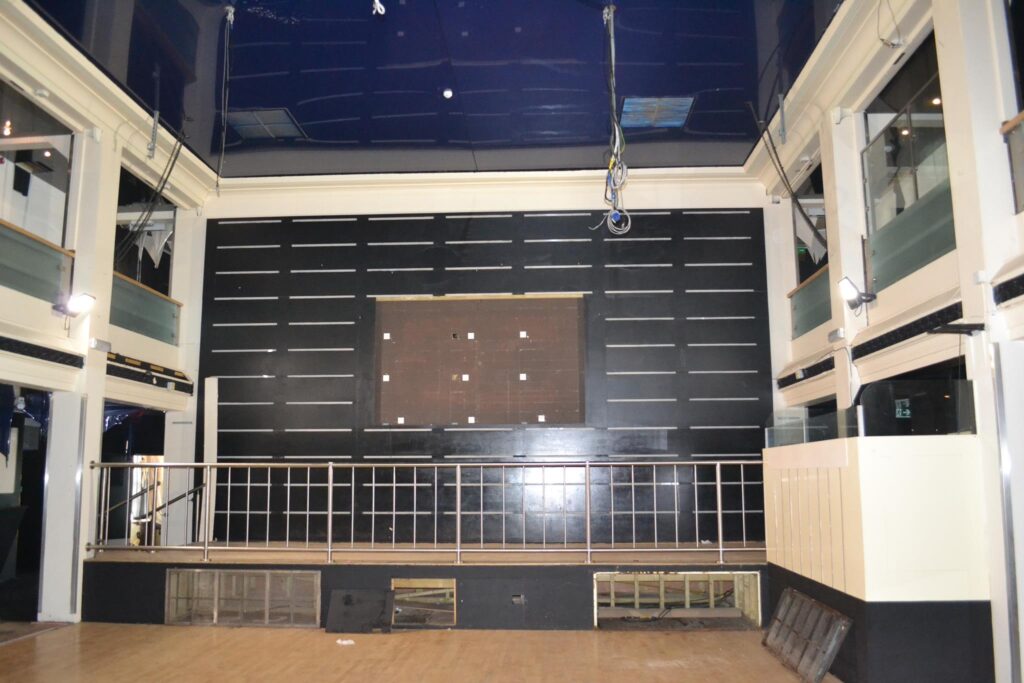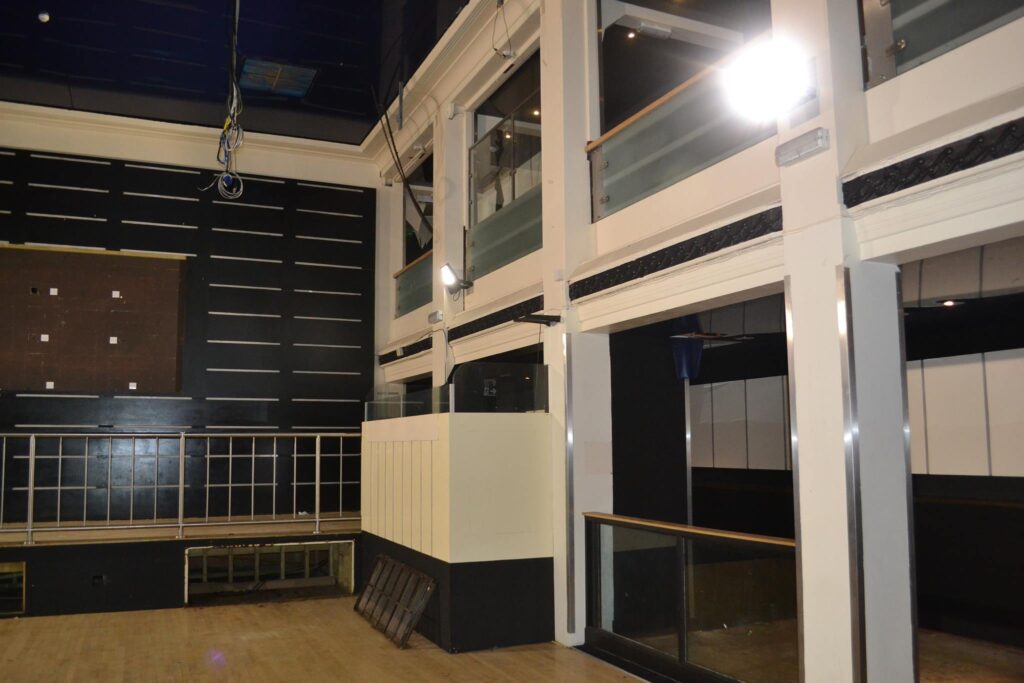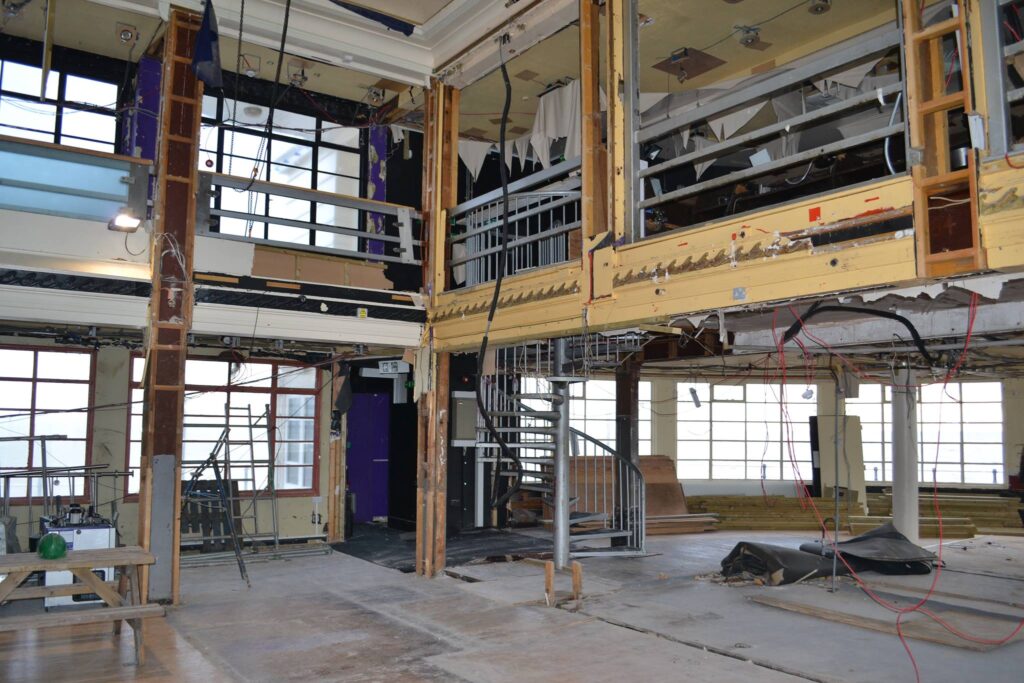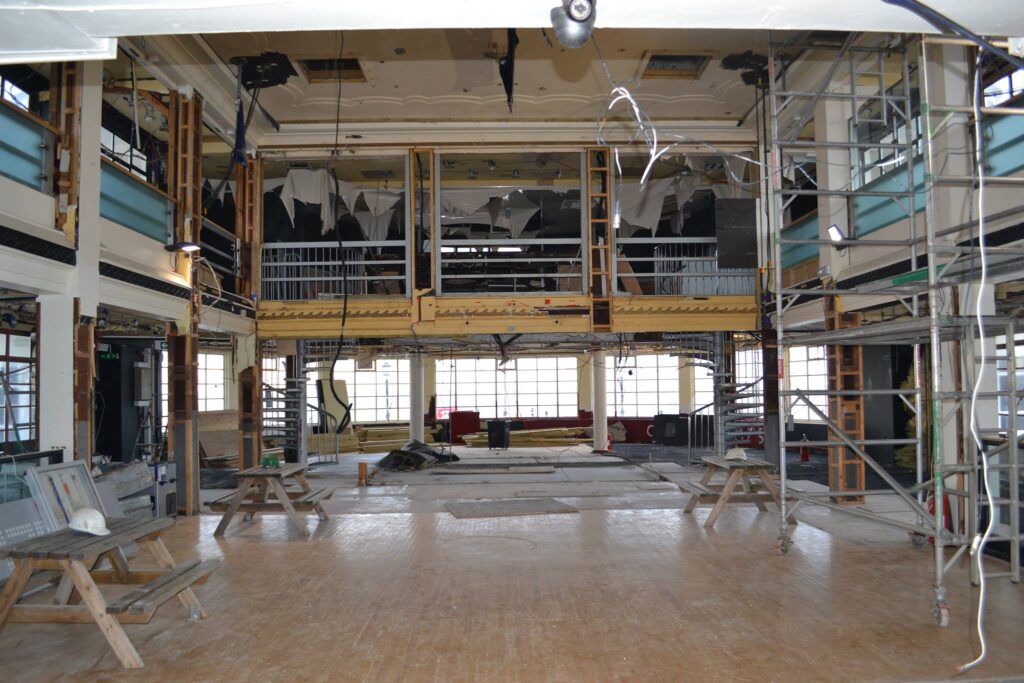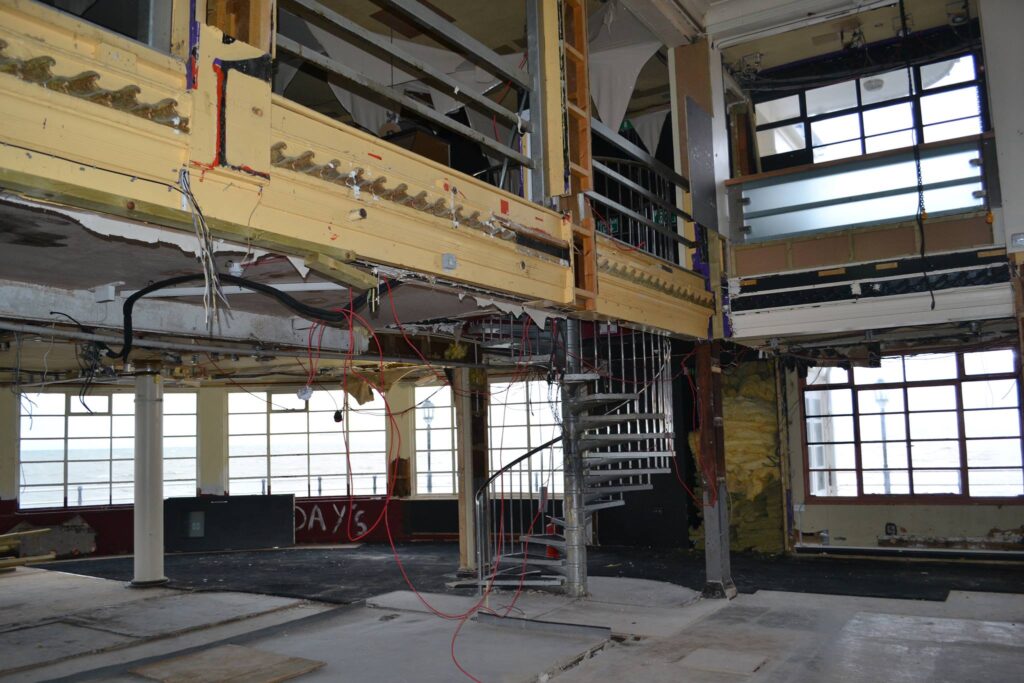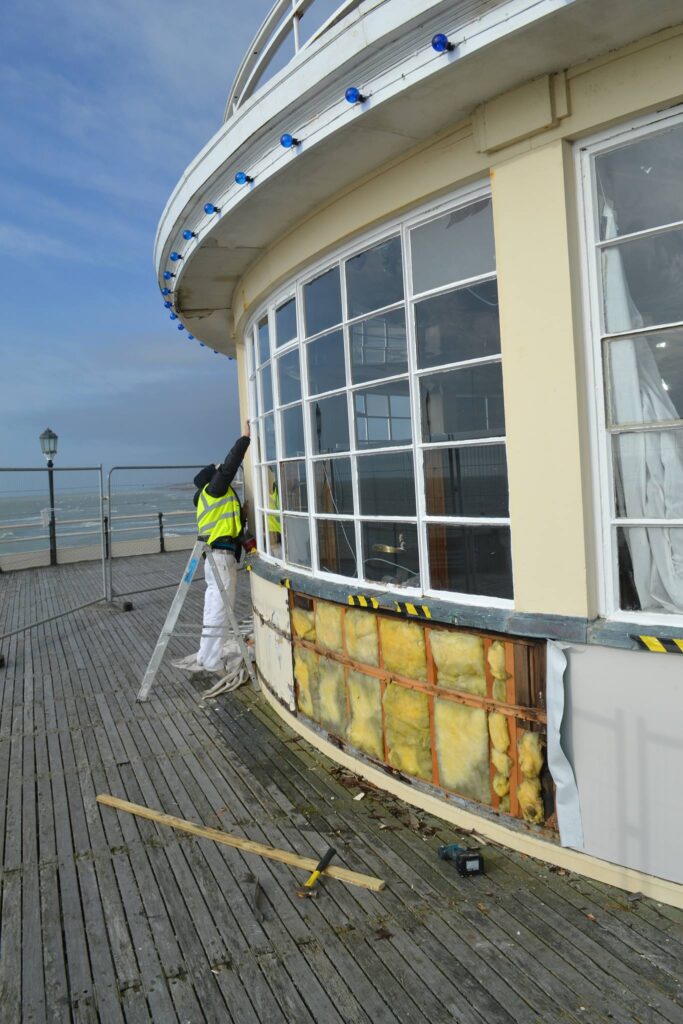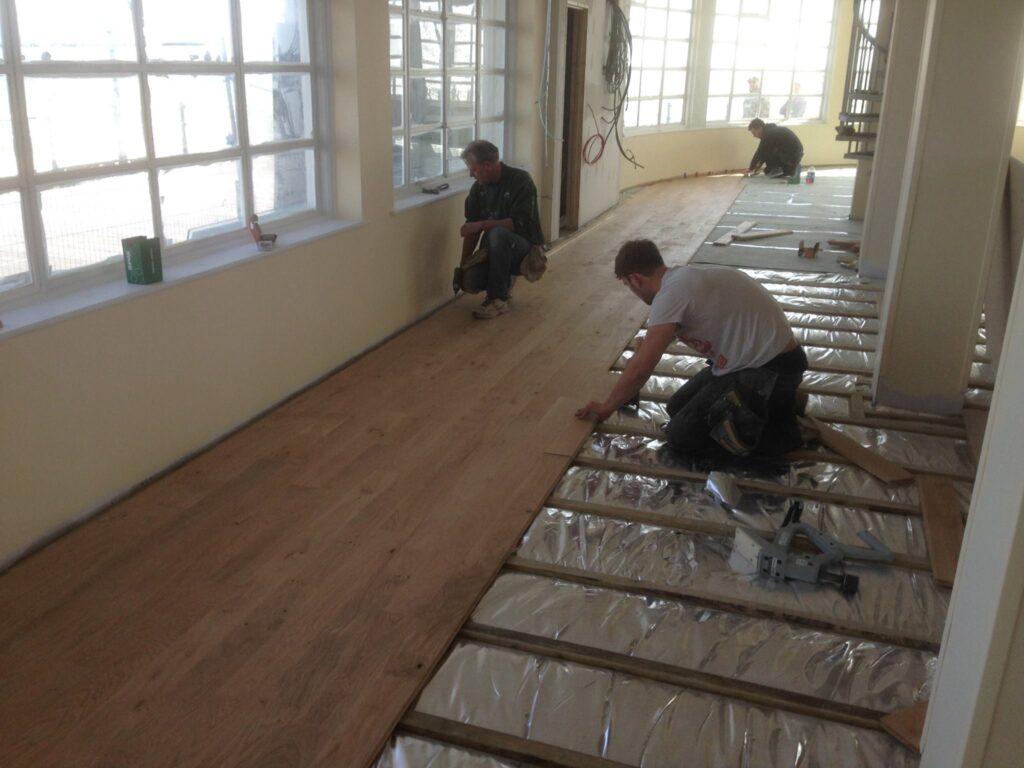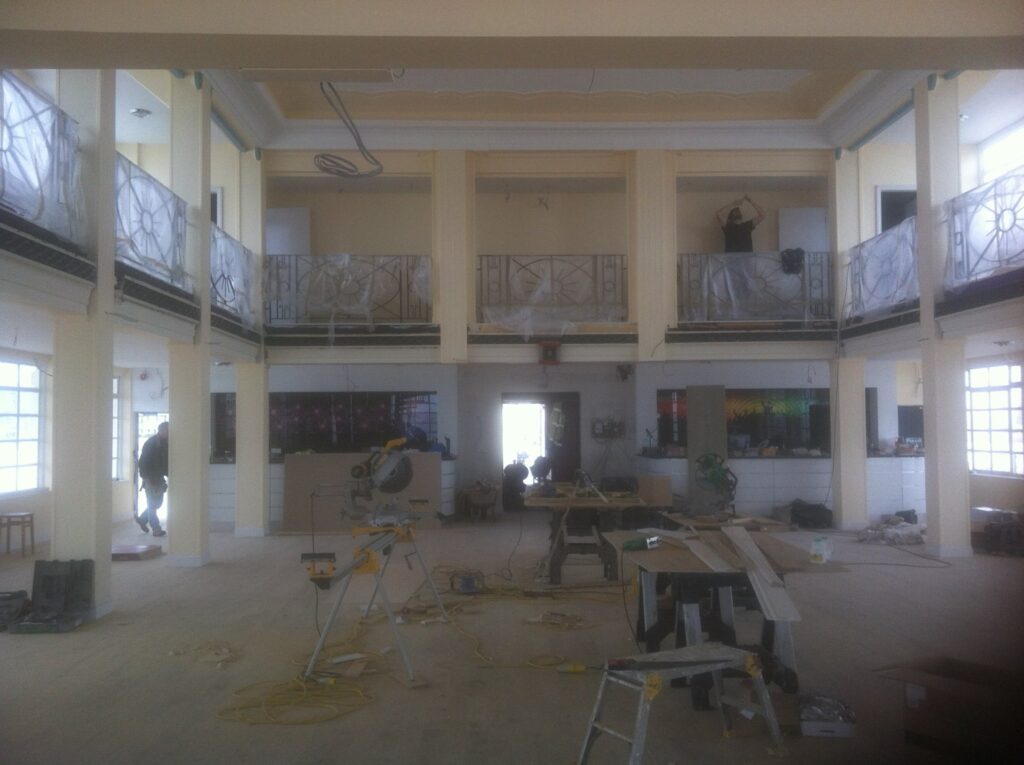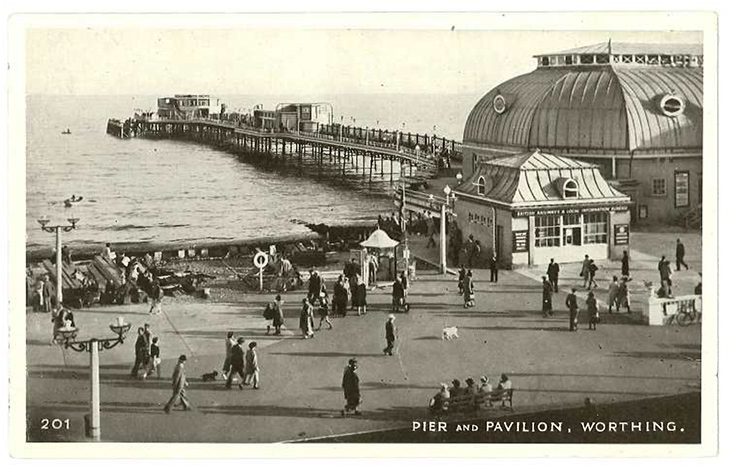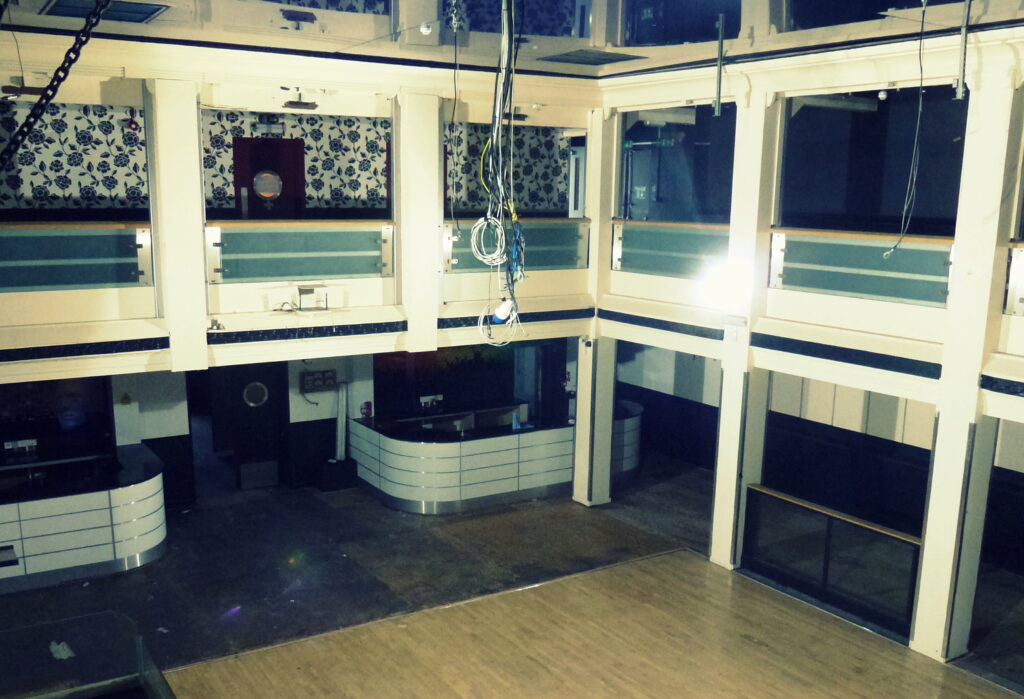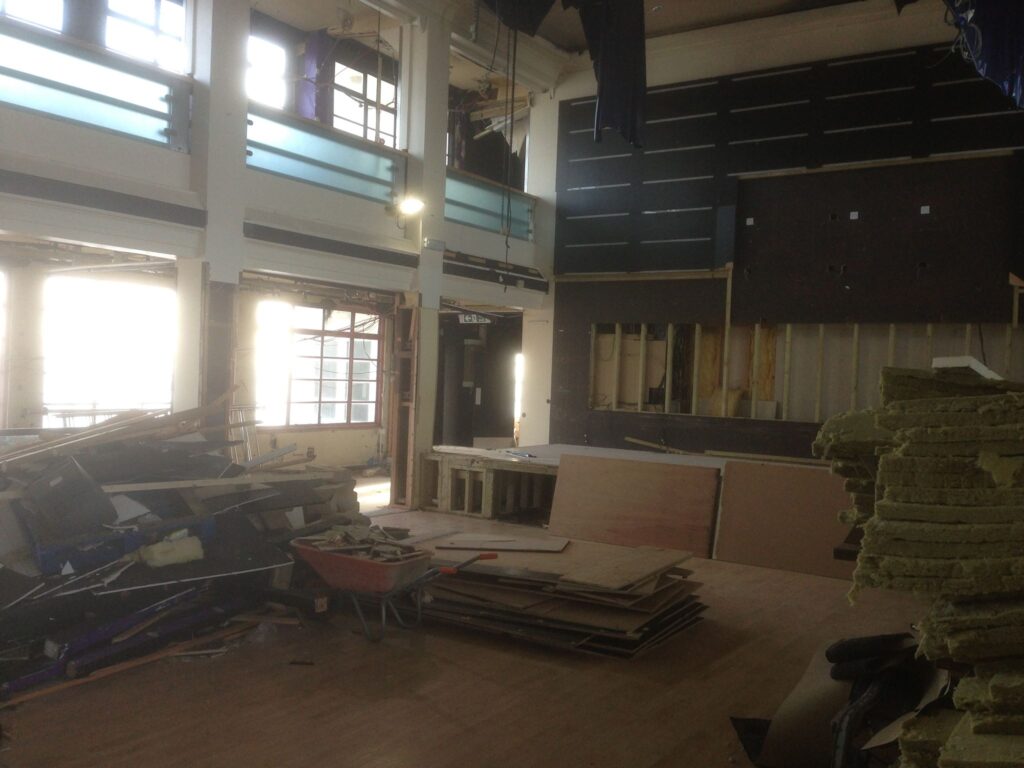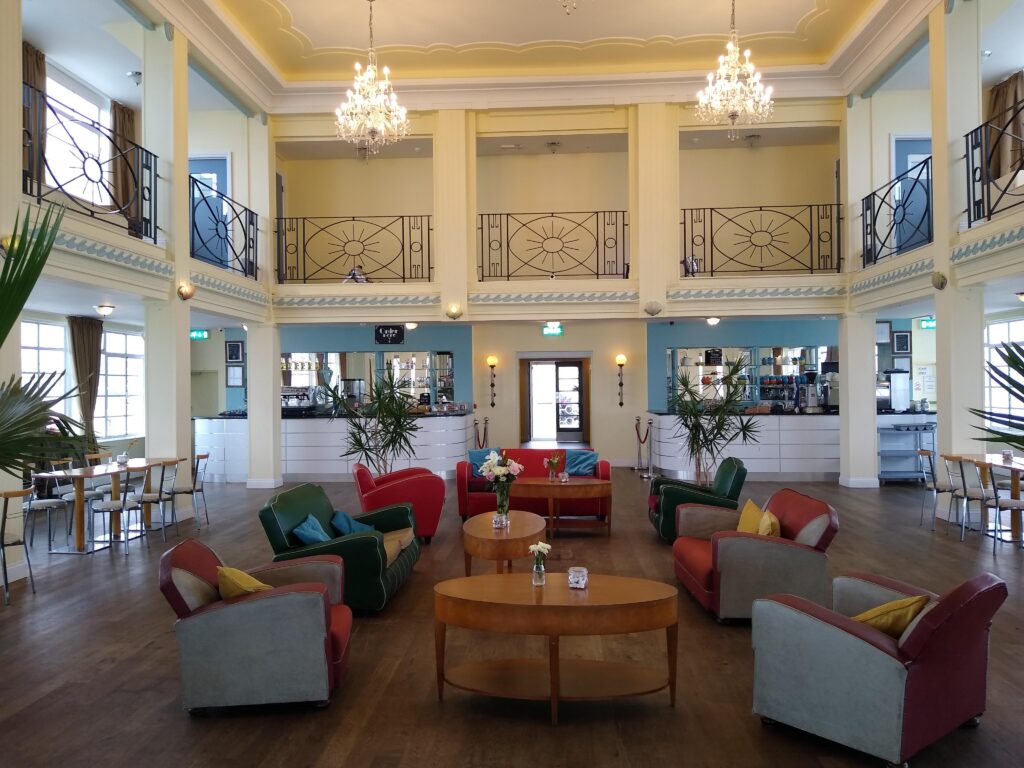Worthing Pier in the past
In 1862, the historic Worthing Pier was built and since has undergone several renovations and additions. The Southern Pavilion, located at the end of the pier, was added in the late 19th century serving a variety of purposes throughout its history, including a concert hall, nightclub, tea room and now, following an ambitious transformation, a lively restaurant venue.
As a concert hall in the early 20th century, the Southern Pavilion attracted many famous performers, including the legendary composer and conductor Sir Thomas Beecham. Tragically, in 1933 a fire erupted, reducing the pavilion to ashes. It was rebuilt in the Art Deco style and reopened in 1935 at a cost of £18,000. Setbacks were sustained during World War II, which saw the pier and pavilion transformed into a military base, including the blowing of a hole in a section of the pier to stop German ships unloading troops and supplies at the pierhead in the event of an invasion. Following the war, the pavilion was restored to its former glory and once again became a hub for entertainment and joy.
In the late 1970s, after lying dormant, The Southern Pavilion underwent further transformations as its history continued and in June 1985 it opened as Simpson’s Bar, a seasonal cafe. Unfortunately, this venture was short-lived, and by 1990, the building was once again searching for new tenants. This void was later filled by Rutherford’s nightclub, which remained open until 2003 and was then rebranded as ‘Lush’. In 2007, the building underwent another renovation, this time reopening as ‘The Pier’ nightclub.
In 2013, two local businessmen transformed the Grade II listed Southern Pavilion building into a venue for weddings, conferences, and private parties, including a restaurant and tea room. By now, the Southern Pavilion had gained recognition as an important historical landmark and a testament to the rich heritage of Worthing Pier and the town itself. Unfortunately, no measures had been taken to preserve the heritage of the building during previous renovations, and by 2019 virtually none of the original interior remained.

